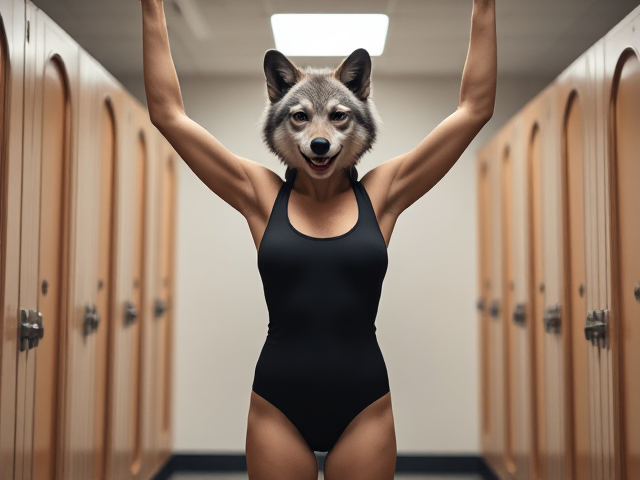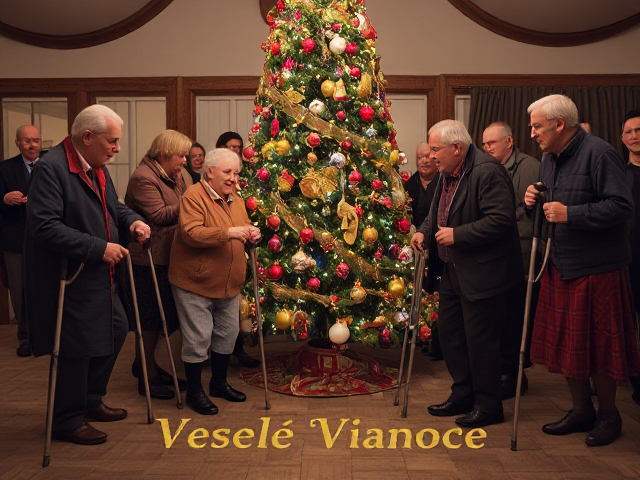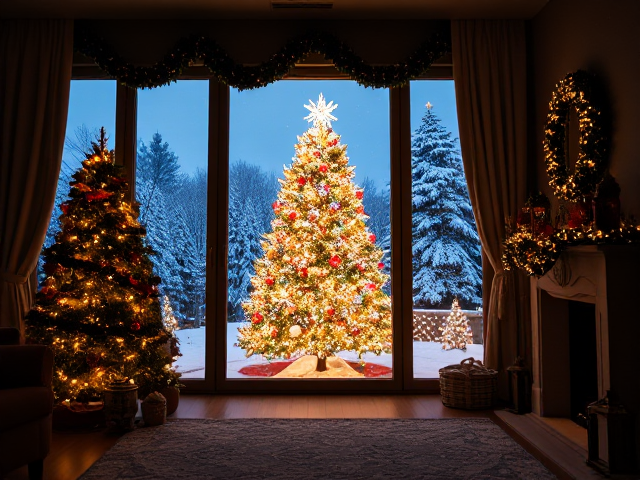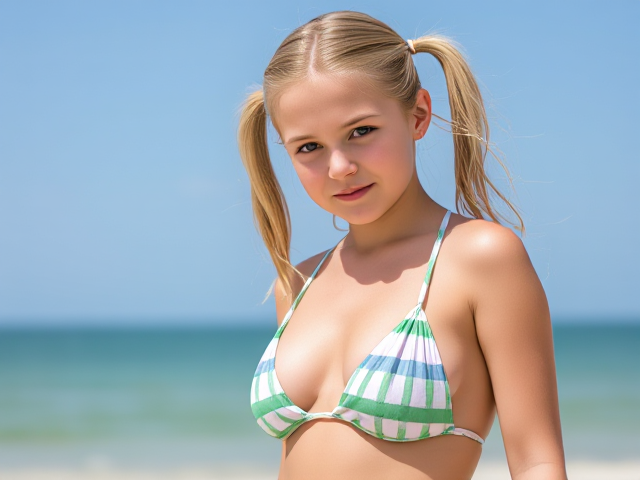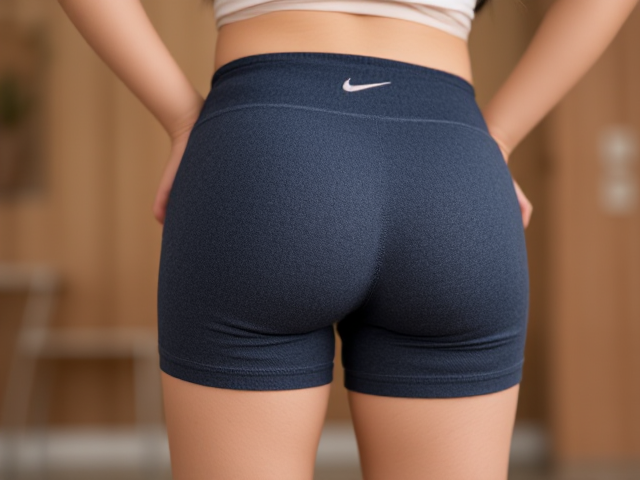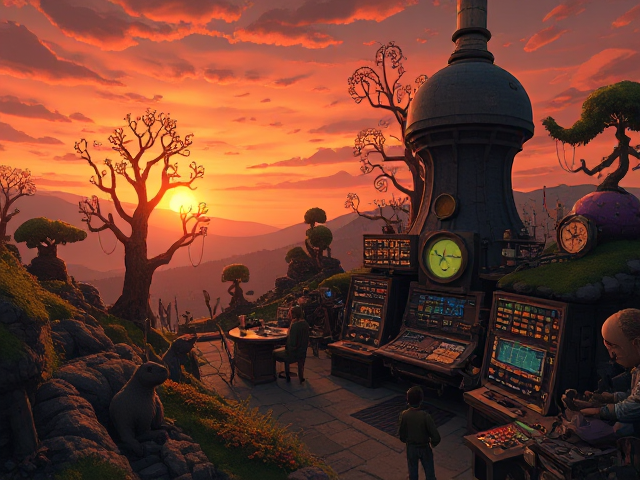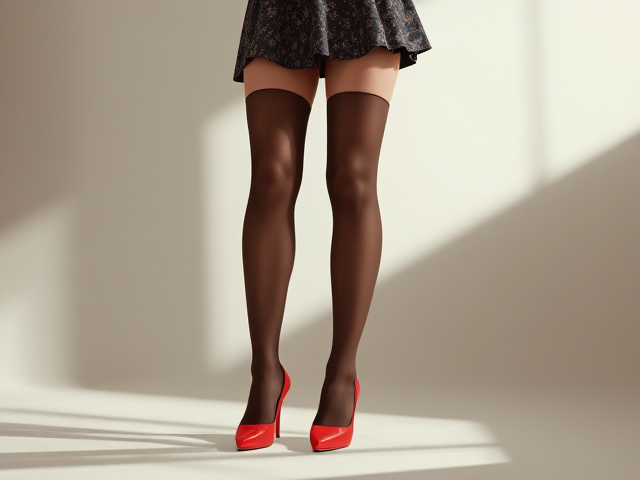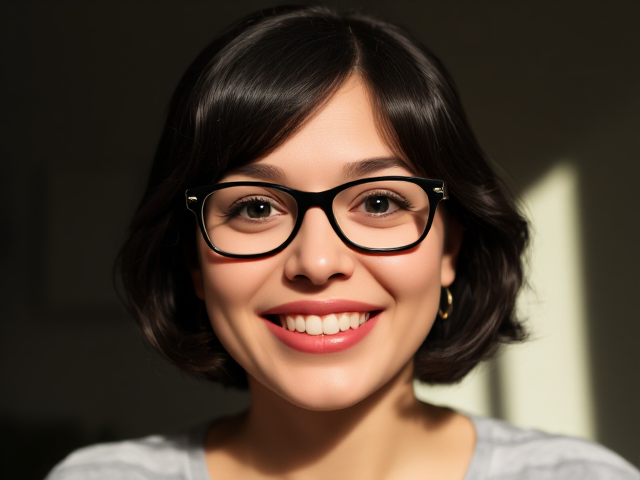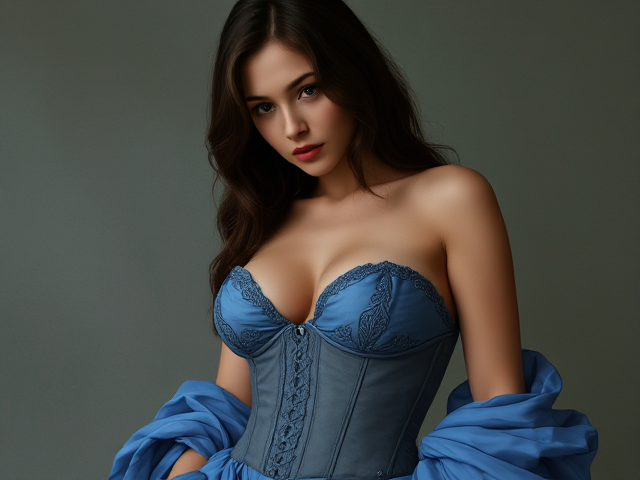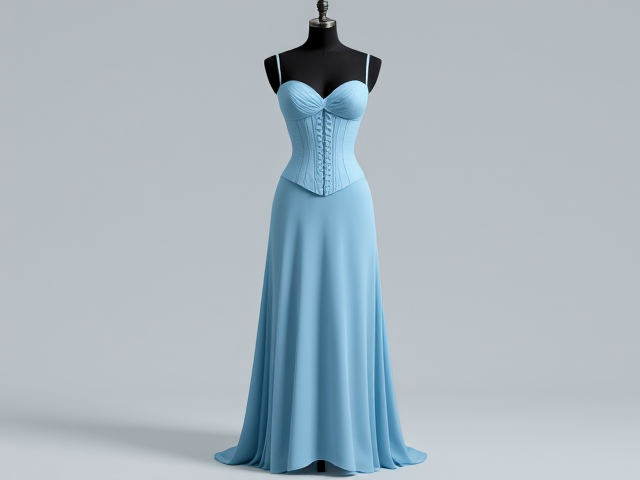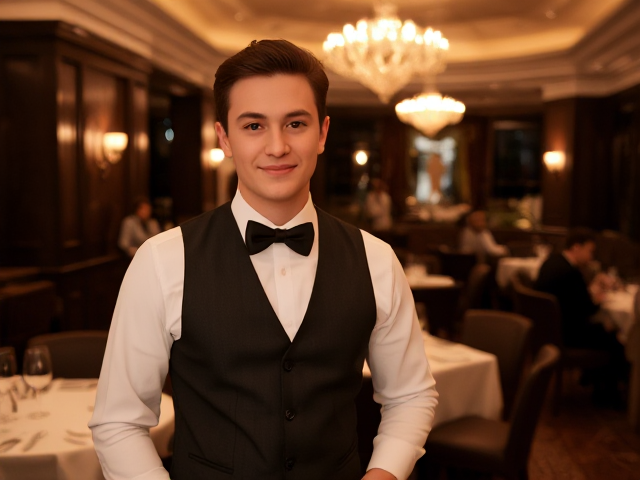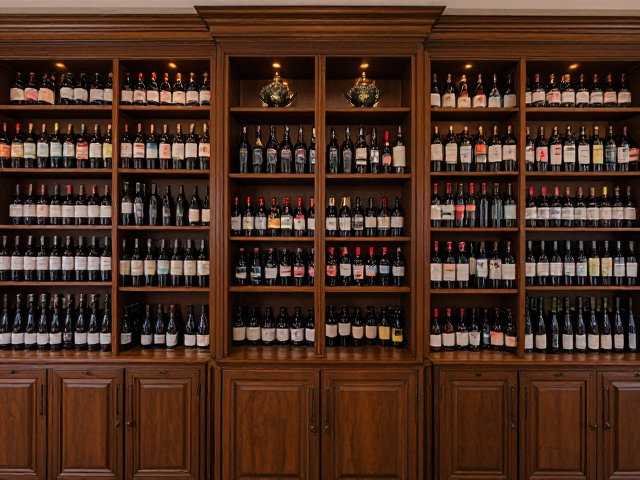An ultra-realistic RAW photo captured on a Canon EOS 5D Mark IV with a Canon EF 50mm f/1.8 STM lens. The image is shot with a shallow aperture of f/1.8, a shutter speed of 1/125s, and a base ISO of 100. The lighting is soft, natural ambient light complemented by subtle rim lighting to define the subject, all under a daylight white balance of 5500K. This creates an extremely shallow depth of field with sharp focus on the subject and a smoothly blurred background. The final image is a high-resolution digital capture with only a hint of natural sensor noise, retaining authentic lens characteristics like soft vignetting and minor chromatic aberration on high-contrast edges. The color profile is neutral with minimal processing to preserve natural, true-to-life tones, and the composition is perfectly framed following the rule of thirds., A Gray Wolf wearing a racerback one-piece swimsuit , A tall, lean, anthropomorphic animal with a wiry, muscular frame, broad shoulders, and narrow hips stands in a locker room, her arms raised in celebration, a broad smile on her face. Her physique is extremely low in body fat, emphasizing his thin frame and high muscle definition. The image is rendered in an anthro art style, capturing the zoomorphic character with enhanced detail in highlights and shadows, typical of high dynamic range photography.
, old men and women with crutches and walkers dancing around a decorated tree, with an inscription , Veselé Vianoce
Photorealistic image of a spectacular wealthy indoor christmas scene with a wall window that shows a snowy festive tree fill beautiful scene outside.
A girl with brown hair to her lower back a small nose she is wearing a pink bikini
A young girl wearing a tight bikini bottom, standing confidently in a park with a bright and vibrant background, showcasing her athletic build
A young girl wearing tight Nike pro shorts, standing confidently in a park with a bright and vibrant background, showcasing her athletic build
a large wooden cabinet displays an extensive collection of wine bottles, creating a refined and celebratory atmosphere.
